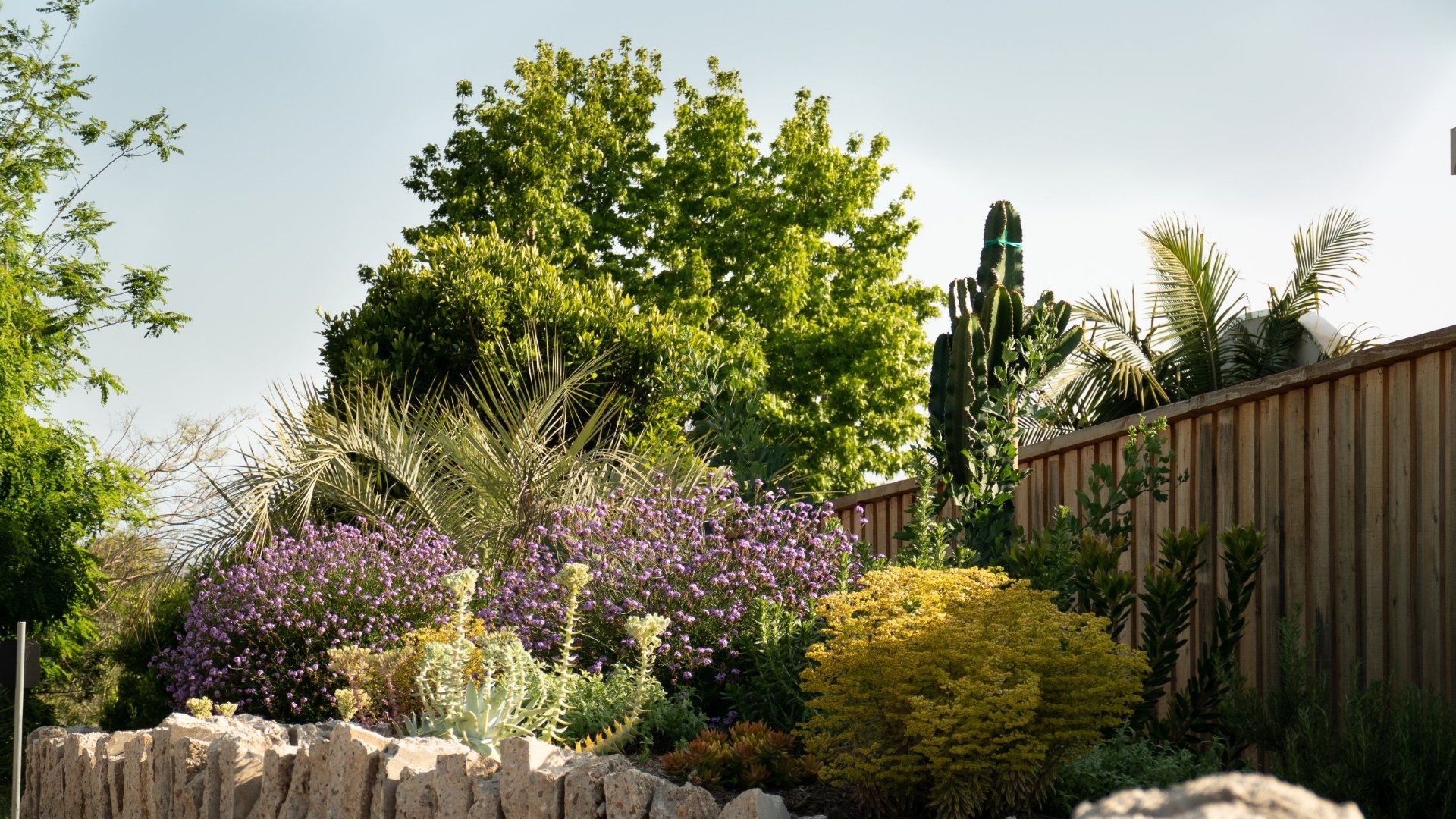
Welcome To The Blog
Watershed Wise Landscape Architecture
In nature, when rain falls or snow melts, gravity draws water downhill, creating creeks and streams and eventually flowing into larger bodies of water, including lakes, bays, and oceans. Along the way, water is slowed and absorbed in minor depressions in the soil. Plants then receive the water they need to thrive—creating forage and habitat for local fauna and modulate temperature—increasing the chances of future rainfall. Soil and plant roots also filter water, replenishing aquifers and waterways with clean water. If we consider our built environment as an element of the watershed, we can live in harmony with natural processes.
California Native Plants verses Mediterranean Adapted Plants
Many people are confused about what a California Native plant actually is. Even landscape professionals often talk about “native gardens,” when they are actually referring to Mediterranean-adapted gardens. These so-called “native gardens” sometimes include plants that are invasive species, which can have negative ecological impacts and threaten native plant populations in wild land spaces. So, what is a California Native plant, a Mediterranean adapted plant, and an invasive plant species and why is it important to understand the difference?
What Does Sustainable Landscape Design Mean?
Sustainable landscape design
The concept of sustainability—using resources efficiently and protecting the natural world—is essential to effective landscape design. Creating outdoor spaces that serve human beings and also support a thriving environment involves careful consideration of plants, soil, and hardscaping elements. A healthy landscape is an extension of nature, blending best ecological practices with individualized style.



